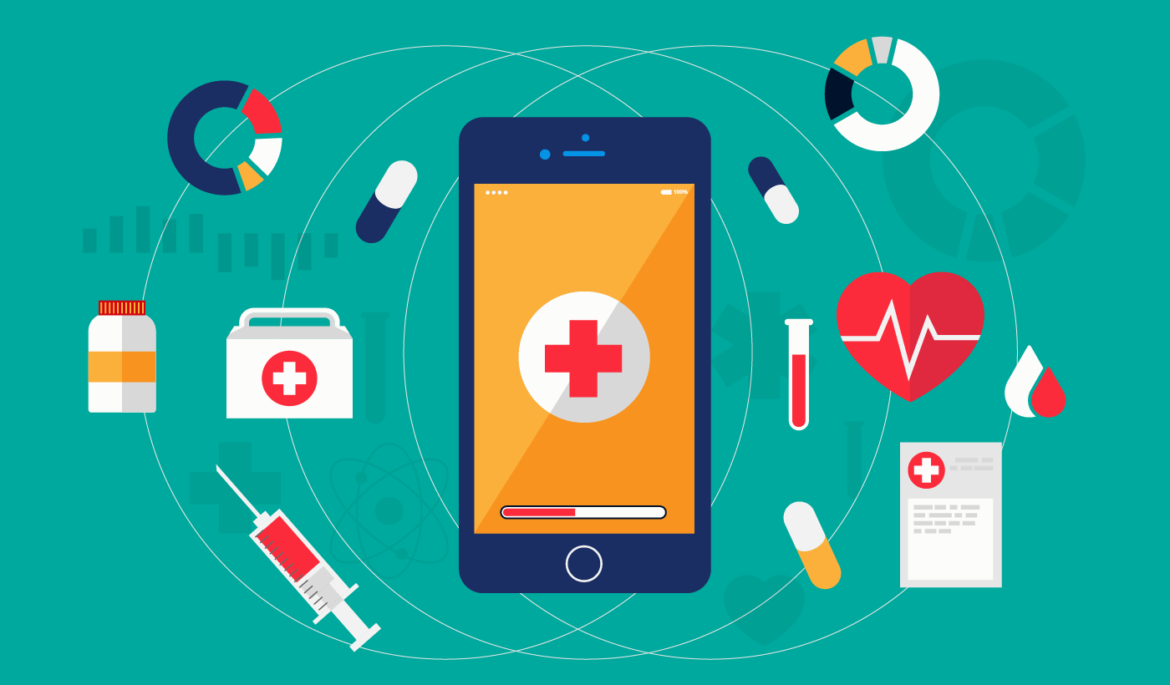Healthcare software development is transforming how healthcare is provided and managed in the current digital era. Healthcare software is essential for increasing efficiency and results, from strengthening patient care to simplifying operations. Today, we’ll go through every stage of the process involved in creating healthcare software, highlighting its benefits, potential drawbacks, and effects once it is put into use.
Modern healthcare systems are not complete without the development of healthcare software, which offers many advantages and prospects for enhancing patient care and operational effectiveness. The meticulous requirements gathering, careful design, prototyping, development, and testing—especially when it comes to healthcare software QA, which you can check on this link—deployment and integration, as well as ongoing maintenance and updates—are all steps in the step-by-step process of developing healthcare software. By using this procedure, healthcare organizations may revolutionize the way healthcare services are provided by using the power of technology.
However, it is critical to recognize the difficulties involved in putting healthcare software into practice. Healthcare systems deal with sensitive patient information, thus data privacy and security issues are of the highest significance. To maintain patient confidentiality, appropriate steps must be taken to guarantee compliance with privacy laws like HIPAA (Health Insurance Portability and Accountability Act). Healthcare staff may also experience a learning curve while adjusting to new software systems, necessitating thorough training and assistance to guarantee a seamless transfer and the best possible use of the program.
The Development

Over the years, the healthcare sector has seen a tremendous metamorphosis, with technology at the forefront of this change. Healthcare has become more accessible and efficient thanks to the development of digital technology as opposed to manual record-keeping. Healthcare delivery has been profoundly changed by the digitalization of medical records, the development of telemedicine, and the widespread use of electronic health records (EHRs). Talk about the benefits of technology in healthcare, such as better patient outcomes, fewer mistakes, and more provider collaboration.
The need for software
If there is anyone that does not recognise the need for medical software of any kind then we would need to describe how the development of healthcare software is becoming more necessary to handle the difficult problems that healthcare organizations must deal with, while the complex procedures, data security issues, and the requirement for interoperability are just some of these issues. We also need to highlight the potential advantages of healthcare software, such as greater patient involvement and satisfaction, simpler processes, and improved decision-making that can be crucial in certain situations.
The Step-by-Step Process of Healthcare Software Development:

Requirements Gathering:
Start by engaging stakeholders in the crucial requirements collecting phase and learning about their wants and expectations. Stress the need of designing both functional and non-functional software requirements while taking factors like usability, scalability, and security into account.
Design and Prototyping:
Talk about the design stage, where programmers provide a visual representation of the software. The importance of user-centred design, clear user interfaces, and effective information architecture should be highlighted. Mention the need of developing prototypes to get input and improve the design.
Development and Testing:
Describe the stage of coding and development where software developers convert plans into usable products. To ensure flexibility and responsiveness, emphasize the value of employing suitable development approaches, such as Agile or DevOps. Discuss the value of thorough testing to guarantee product quality, security, and regulatory compliance.
Deployment and Integration:
Describe the steps involved in implementing the program in a healthcare setting. Talk about the difficulties in data transfer, system integration, and employee training to ensure a smooth transition. Discuss the significance of performing in-depth testing in a live setting and ensuring a seamless switch from the existing systems.
Maintenance and Updates:

To ensure that the software stays effective, secure, and compliant with changing industry standards, emphasize the need for continuing maintenance, support, and consistent upgrades. Discuss the necessity for performance monitoring, rapid issue resolution, and user feedback integration for ongoing improvement.
Implementing healthcare software has many benefits, including better patient outcomes due to accurate diagnosis and treatment, effective scheduling and resource management, improved communication and collaboration among healthcare professionals, and increased patient empowerment due to telemedicine and health monitoring applications. Stress the opportunity to decrease medical mistakes, improve patient safety, and enhance the quality of healthcare as a whole.
When it comes to this, not everything is peaches and rainbows, and you can guarantee that there are obstacles and factors to take into account, some of which may be extremely significant. Concerns about data security and privacy, the learning curve for healthcare personnel adjusting to new systems, potential technical issues, and the requirement for ongoing training and support are just a few of the issues. Stress the need of taking prompt action to solve these issues and putting strong security measures in place to protect patient information.
During the deployment stage, technical hiccups and system outages might also be problematic. Before the software is completely implemented, it is essential to do extensive testing, both in simulated settings and in actual healthcare settings, to find and fix any possible problems. To sustain system performance and guarantee uninterrupted healthcare delivery, constant surveillance and quick problem-solving are necessary.
The advantages of using healthcare software are apparent, notwithstanding these difficulties. Accurate diagnosis and treatment, aided by clinical decision support systems and electronic health records, can improve patient outcomes. Reduced wait times and higher patient satisfaction are the results of healthcare workflows being optimized by effective scheduling and resource management software. Platforms for effective communication and cooperation allow for seamless information sharing among medical specialists, promoting coordinated care and better therapeutic outcomes. Applications for telemedicine and remote monitoring enable patients to take control of their healthcare and provide them access to services regardless of their location.
The bottom line for all of this is that the step-by-step process of developing healthcare software, which starts with a concept and ends with a launch, is an all-encompassing strategy with enormous potential to change the way healthcare is delivered. greater health outcomes, simpler procedures, greater communication, and raised patient involvement are all advantages. To achieve successful adoption, healthcare companies must overcome obstacles such as data security, training, and system upkeep. Healthcare software may transform the field by using technology responsibly and proactively solving these issues, enabling better patient care, more efficiency, and ultimately healthier patient lives.










